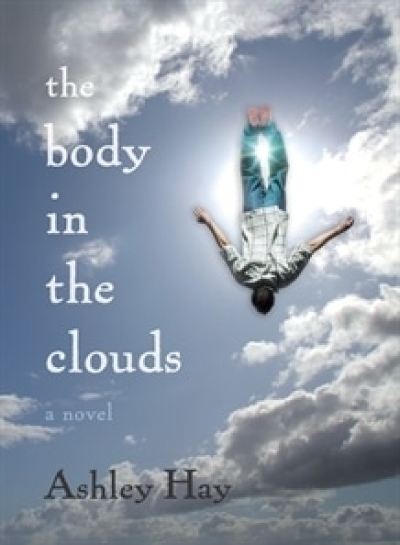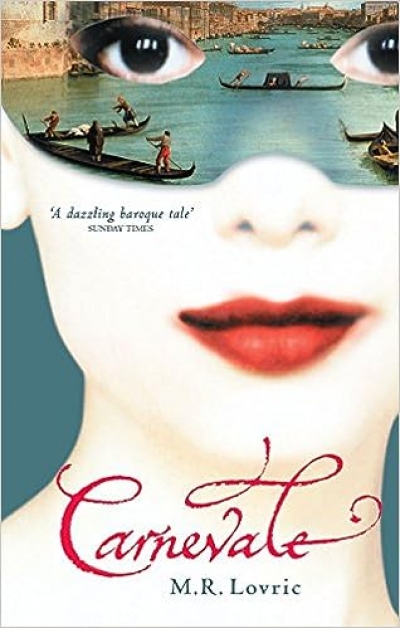Ashley Hay
Let’s begin, somewhere around 4,500 bce, in a small patch of soil on the south-west coast of Western Australia. An ovule and some pollen combine on the crest of a ridge overlooking the sea, and a plant begins to grow. It’s a little thing with juvenile leaves which will become a faint ...



